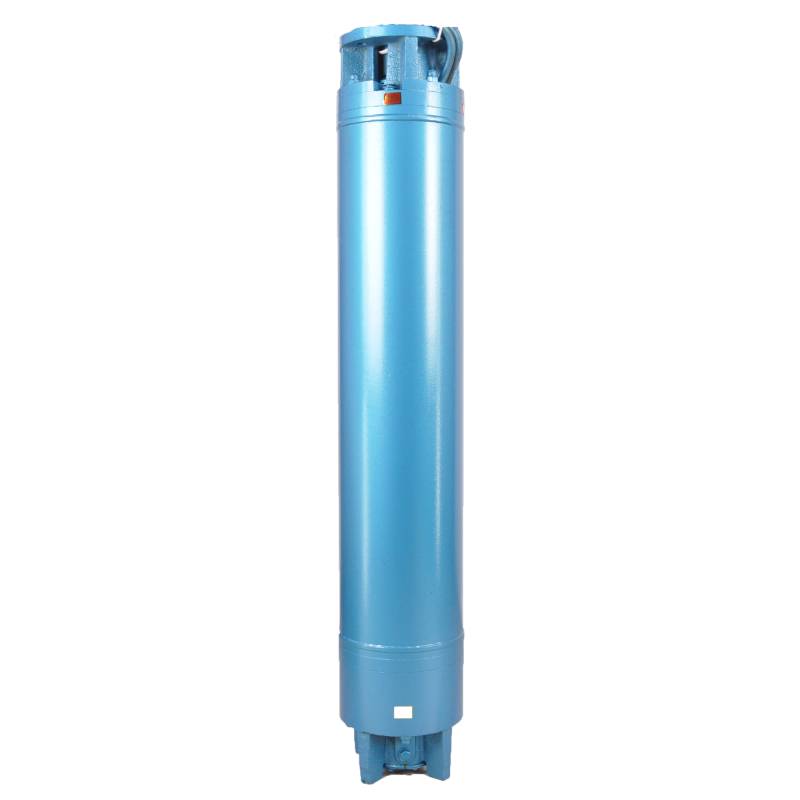Dec . 07, 2024 03:43 Back to list
submersible fuel pump
The Submersible Fuel Pump An In-Depth Look
In the realm of modern fuel systems, one of the unsung heroes is the submersible fuel pump. These devices have become a cornerstone in the efficient delivery of fuels, particularly in vehicle applications and fuel storage facilities. Their design, operation, and significance extend far beyond mere convenience, impacting everything from energy efficiency to environmental protection.
What is a Submersible Fuel Pump?
A submersible fuel pump is a type of pump that is submerged in the liquid it is intended to transport. Unlike conventional pumps, which are located above the fluid's surface, submersible pumps are placed directly within the tank or reservoir. This unique positioning allows for highly efficient fuel transfer and minimizes the likelihood of cavitation, an issue that can significantly impair pump performance.
These pumps are typically sealed to prevent fuel leaks and are designed to operate quietly and effectively underwater. They utilize an electric motor or a hydraulic drive to create the necessary pressure for moving fuel. Given their design, submersible pumps are recognized for their capacity to handle large volumes of liquid and operate in demanding environments.
Key Features and Benefits
1. Efficiency One of the primary benefits of submersible fuel pumps is their efficiency. By operating underwater, they can minimize energy loss associated with moving fuel to the surface. This efficiency is crucial, particularly in large-scale operations where fuel delivery is constant and demands precision.
2. Reduced Noise Unlike surface pumps, which can create significant noise during operation, submersible pumps are known for their quiet operation. This feature is particularly advantageous in residential areas or places where noise pollution is a concern.
3. Space-Saving Design The compact design of submersible pumps allows for installation in tight spaces. This is beneficial for underground storage tanks or when limited space is available. Their design also means fewer installations and fittings are necessary, streamlining the overall setup process.
4. Versatility Submersible pumps can be used for various applications beyond just fuel transfer. They are also utilized for water extraction, sewage removal, and even in agricultural irrigation systems, making them valuable assets across multiple industries.
submersible fuel pump

5. Durability and Longevity Built to withstand harsh conditions, submersible pumps are often made with corrosion-resistant materials. This robust construction ensures a longer lifespan, resulting in reduced maintenance costs and operational downtime.
Applications of Submersible Fuel Pumps
Submersible fuel pumps have a wide range of applications. They are commonly used in fueling stations, underground storage tanks, marine fueling systems, and even for residential heating oil tanks. Their reliability makes them indispensable in various sectors, including transportation, aviation, and energy production.
In addition, their design is particularly advantageous for emergency services and remote locations. In emergencies, submersible pumps can quickly transfer fuel to equipment or vehicles, ensuring that responders have the necessary resources to operate effectively.
Environmental Considerations
In recent years, there has been an increased focus on environmental impacts associated with fuel handling. Submersible pumps contribute positively to this effort by minimizing leaks and spills, thereby reducing the potential for soil and water contamination. Their closed-operation design further limits emissions, aligning with contemporary sustainability goals.
Moreover, advancements in technology are paving the way for the development of eco-friendly submersible pumps. Innovations such as solar-powered systems and pumps made from sustainable materials are being explored, promising even greater benefits for the environment.
Conclusion
The submersible fuel pump is an integral component of the fuel delivery system that combines efficiency, durability, and versatility. As industries continue to evolve and adapt to new technologies, the significance of these pumps will undoubtedly grow. Their role in improving fuel transfer methods, mitigating environmental impacts, and providing reliable service cannot be overstated. As we look toward a more energy-efficient and sustainable future, submersible fuel pumps will continue to play an essential role in meeting our fuel and energy needs.
-
Submersible Water Pump: The Efficient 'Power Pioneer' of the Underwater World
NewsJul.01,2025
-
Submersible Pond Pump: The Hidden Guardian of Water Landscape Ecology
NewsJul.01,2025
-
Stainless Well Pump: A Reliable and Durable Pumping Main Force
NewsJul.01,2025
-
Stainless Steel Submersible Pump: An Efficient and Versatile Tool for Underwater Operations
NewsJul.01,2025
-
Deep Well Submersible Pump: An Efficient 'Sucker' of Groundwater Sources
NewsJul.01,2025
-
Deep Water Well Pump: An Efficient 'Sucker' of Groundwater Sources
NewsJul.01,2025
-
 Submersible Water Pump: The Efficient 'Power Pioneer' of the Underwater WorldIn the field of hydraulic equipment, the Submersible Water Pump has become the core equipment for underwater operations and water resource transportation due to its unique design and excellent performance.Detail
Submersible Water Pump: The Efficient 'Power Pioneer' of the Underwater WorldIn the field of hydraulic equipment, the Submersible Water Pump has become the core equipment for underwater operations and water resource transportation due to its unique design and excellent performance.Detail -
 Submersible Pond Pump: The Hidden Guardian of Water Landscape EcologyIn courtyard landscapes, ecological ponds, and even small-scale water conservancy projects, there is a silent yet indispensable equipment - the Submersible Pond Pump.Detail
Submersible Pond Pump: The Hidden Guardian of Water Landscape EcologyIn courtyard landscapes, ecological ponds, and even small-scale water conservancy projects, there is a silent yet indispensable equipment - the Submersible Pond Pump.Detail -
 Stainless Well Pump: A Reliable and Durable Pumping Main ForceIn the field of water resource transportation, Stainless Well Pump has become the core equipment for various pumping scenarios with its excellent performance and reliable quality.Detail
Stainless Well Pump: A Reliable and Durable Pumping Main ForceIn the field of water resource transportation, Stainless Well Pump has become the core equipment for various pumping scenarios with its excellent performance and reliable quality.Detail
